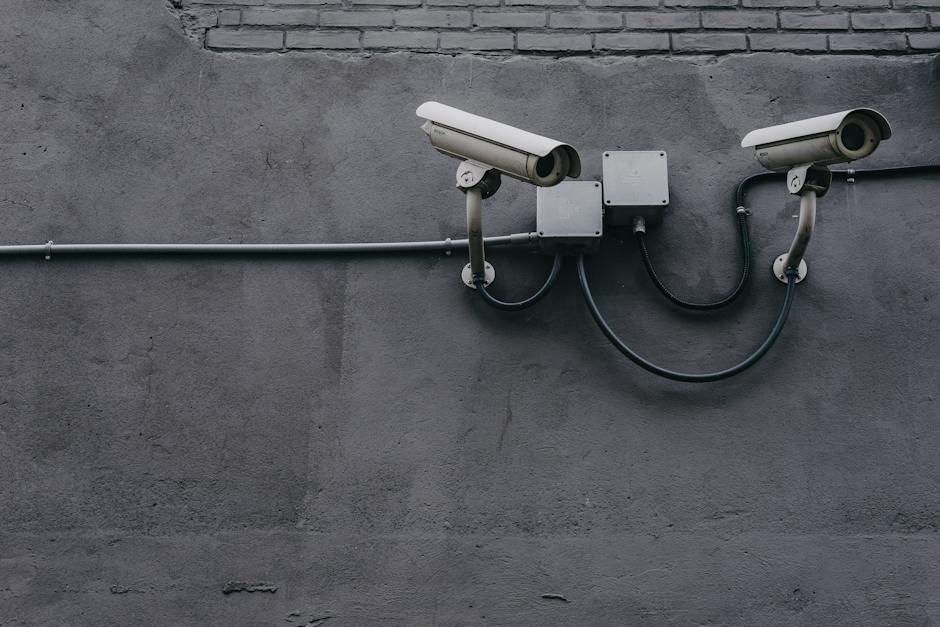[Helpful information related to the current article]
Welcome to another insightful article on cybersecurity! In today’s digital age, security breaches have become an alarming concern for individuals and businesses alike. The question on everyone’s mind is: How does one protect their assets from these breaches? Let’s find out in detail in the article below. Whether you’re curious about the reasons behind security breaches or the strategies to fortify your defenses, I’ll tell you exactly what you need to know! So, let’s dive into the fascinating world of security breaches and arm ourselves with knowledge.
Understanding Security Breaches
The Importance of Understanding Security Breaches
In today’s digital age, security breaches have become an increasingly common problem that individuals and businesses need to be aware of. Understanding the reasons behind these breaches is crucial to protecting your assets and minimizing the potential damage.
Common Causes of Security Breaches
There are several common causes of security breaches that you should be familiar with:
- Human Error: One of the most frequent causes of security breaches is human error. This can include things like clicking on malicious links or attachments in phishing emails, using weak passwords, or falling for social engineering tactics. It is important to educate yourself and your employees about best practices for cybersecurity to minimize the risk of human error.
- Malware and Ransomware: Malicious software, such as malware and ransomware, can infiltrate your systems and compromise sensitive data. Malware can be unknowingly downloaded through infected websites or email attachments, while ransomware can encrypt your files and demand a ransom for their release. Regularly updating your antivirus software and implementing strong firewalls can help defend against these threats.
- Outdated Software and Systems: Failure to regularly update your software and systems can leave them vulnerable to security breaches. Cybercriminals often exploit vulnerabilities in outdated software to gain unauthorized access to systems. Keeping your software updated with the latest patches and security updates is crucial in protecting your assets.
The Impact of Security Breaches
The consequences of a security breach can be severe, both for individuals and businesses:
- Financial Loss: Security breaches can lead to significant financial loss in terms of stolen funds, legal fees, and damage to your reputation. The cost of recovering from a breach can be substantial and may even lead to bankruptcy for some businesses.
- Data Breach: A security breach can result in the loss or exposure of sensitive data, including personal and financial information. This can have far-reaching consequences for individuals, leading to identity theft, fraud, and other forms of financial loss.
- Reputation Damage: When a security breach occurs, the trust that individuals and businesses place in your organization can be severely damaged. This can have long-lasting effects on your reputation, making it harder to attract and retain customers and business partners.
Protecting Your Assets
Building a Strong Cybersecurity Defense
The key to protecting your assets from security breaches lies in building a strong cybersecurity defense. Here are a few strategies to consider:
- Educate and Train: Invest in regular cybersecurity training for yourself and your employees. Teach them about the common causes of security breaches, best practices for password management, how to identify phishing attempts, and other essential cybersecurity concepts.
- Implement Multifactor Authentication: Multifactor authentication adds an extra layer of security by requiring users to provide multiple forms of identification to access sensitive information or systems. By implementing this additional step, you can significantly reduce the risk of unauthorized access.
- Use Encryption: Encrypting your data is an effective way to protect it from unauthorized access. This involves converting your data into a coded format that can only be deciphered with a specific encryption key. Implementing encryption across your systems and devices adds an extra layer of security to your assets.
Regularly Update Software and Systems
Regularly updating your software and systems is crucial in keeping them secure. Enable automatic updates whenever possible, and regularly check for patches and security updates. This will help protect your assets by addressing any vulnerabilities that cybercriminals may exploit.
Employ Firewalls and Antivirus Software
Implementing firewalls and antivirus software is essential for defending against malware and other threats. Firewalls act as a barrier between your internal network and external sources, while antivirus software identifies and removes malicious software. By using these tools, you can significantly reduce the risk of a security breach.
Conclusion
In conclusion, security breaches are a growing concern in today’s digital age. By understanding the common causes of security breaches and implementing strong cybersecurity practices, you can protect your assets and minimize the potential damage. Remember to always stay vigilant, educate yourself and your employees, and regularly update your software and systems to stay one step ahead of cybercriminals.
Additional Information
1. Stay informed about the latest cybersecurity trends and threats by regularly reading reputable sources and staying up to date with industry news and research.
2. Implement strong password policies, including the use of complex passwords and multi-factor authentication.
3. Conduct regular security audits and vulnerability assessments to identify any weaknesses in your systems and networks.
4. Backup your data regularly and store it securely, both on-site and off-site, to protect against data loss in the event of a breach.
5. Develop an incident response plan that outlines the steps to be taken in the event of a security breach, including communication protocols and responsibilities.
[Other information related to this article]
➡️ Unlocking the Power of AI-Powered Image Recognition: Revolutionizing Visual Data Analysis

